
- (03) 5909 8218
- enquiry@fusionweld.com.au
Blog 2017
Transportable Pressure Vessels: The Importance of Inspection and Safety Checks
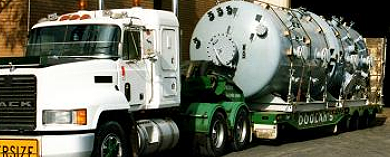
Fracture Mechanics and Stress Analysis of Cracks in Pressure Vessels
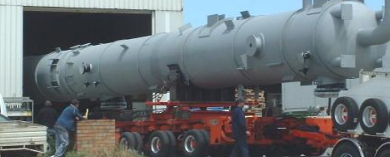
External Floating Roof Storage Tanks: Uses and Applications
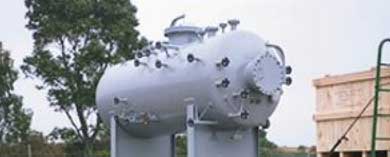
Pressure Vessels and Fabrication Services: Factors to Consider in Design and Manufacture
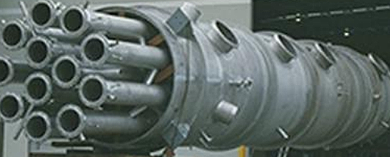
Primary Design Considerations in Pressure Vessels

Benefits of Onsite Construction and Maintenance Checks for Pressure Equipment

How Gas Leaks from Pressure Vessels Can Be Prevented
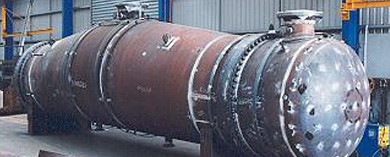
Hazardous Effects of Gas Leaks from Unmaintained Pressure Vessels
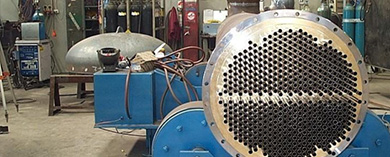
Rupture Hazard of Pressured Vessels
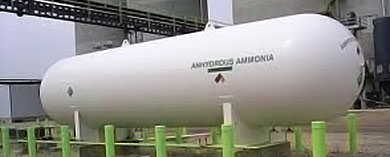
What is Hoop Stress in Pressure Cylinder?
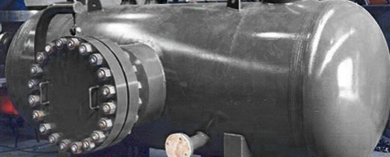
Good Industry Practices for Bulk LP Gas Installations

How Do Debutanizer Columns Work?
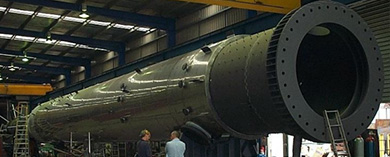
What are CO2 Absorber Vessels?
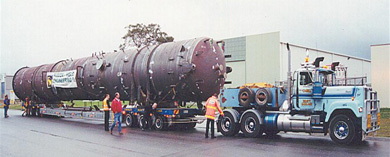
Ammonia Plant Condensate Blowdown Vessel

Hydrocracking Units in Petroleum Refineries: What are They?
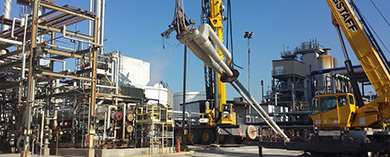
Commercial Vacuum Distillation Still: Uses and Functions

What is Condensing Tankless Water Heaters?
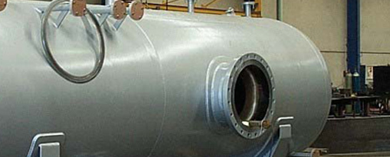
What is Ultrasonic Testing in High Pressure Cylinders?
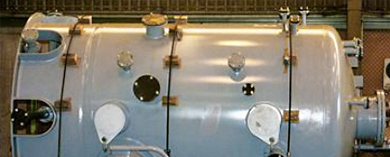
Secondary Functions of Oil and Gas Separators
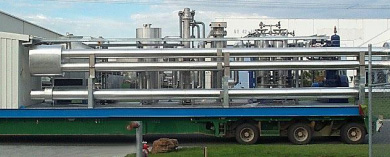
Primary Functions of Oil and Gas Separators
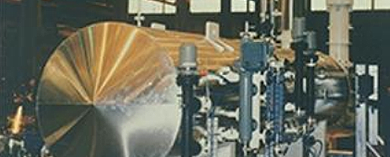
Pressure Vessel Testing and Inspection: Do's and Don'ts
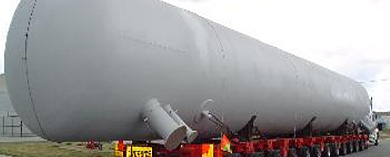
Pressure Vessel Piping Design: Standards and Analysis
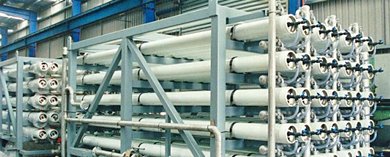
Pressure and Temperature Effects in Underground Storage Tanks

Effects of Flood and Prolonged Submersion on Misplaced Underground Fuel Tanks
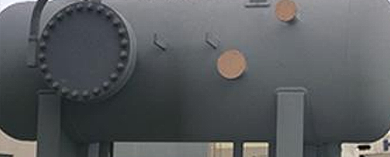
Recent Posts
- Compressed Hydrogen Storage Vessels: Material Selection, Design & Australian Standards
- Welding QA/QC in Oil & Gas Pressure Vessel Fabrication – Ensuring Code Compliance
- AS1210 vs ASME VIII Pressure Vessel Code: Key Differences for Australian Projects
- Mitigating Hydrogen-Induced Cracking in Pressure Vessels: Engineering and Material Strategies
- Storage Tank Solutions Australia: Field-Erected, Prefabricated & Self-Bunded Explained
- Reducing Environmental Risks: Self-Bunded Tanks in Australian Oil & Gas Operations
- Precision in Production: How Pressure Vessels Are Manufactured for Industrial Safety
- Shell & Tube Heat Exchangers: Improve Thermal Control & Energy Recovery in Petrochemical & Pharmaceutical Plants
- In-Service Inspection for Compressed Air Receivers for Power Plant Shutdown Prevention
- Power Plant Pipe Spooling Fabrication – Get Rapid, Code-Compliant Spools Ready for Installation
- Field Erected Tanks: Safe, Reliable On-Site Fuel Storage Solutions in Australia
- Custom Pressure Vessel Fabrication for Flammable Gases
Posts 2025
- Compressed Hydrogen Storage Vessels: Material Selection, Design & Australian Standards
- Welding QA/QC in Oil & Gas Pressure Vessel Fabrication – Ensuring Code Compliance
- View all articles…
Posts 2024
- Large Process Vessels: Optimising the Design for Maximum Efficiency [2025]
- Pressure Equipment Management System Installation: Detect Equipment Faults Early
- View all articles…
Posts 2023
- Pressure Piping System Inspection: A Gift of Safety for the Holidays
- Deaerator Inspections by Fusion-Weld Engineering and How They Reduce System Downtime
- View all articles…
Posts 2022
- How Fusion Weld Keeps Up With AS-NZS ISO 9001:2008 Standard
- Boiler Equipment Safety Inspection During the Summer Season
- View all articles…
Posts 2021
- Avoid These Factors and Practices that Contribute to Sealing Damage in Pressure Vessels
- Do's And Don'ts Of Industrial Boiler Inspection And Maintenance From Fusion-Weld
- View all articles…
Posts 2020
- What are the Risks and Hazards Involved in Pressure Vessel Equipment?
- How to Know if Your Pressure Equipment Needs Repair or Replacement?
- View all articles…
Posts 2019
- Factors that Contribute to Pressure Vessel Failure
- Pressure Vessel Regulations in Australia: What are the Mandatory Requirements?
- View all articles…
Posts 2018
- Pros and Cons of Spherical vs. Cylindrical Pressure Vessels
- What are the Different Hazard Levels in Pressure Vessels?
- View all articles…
Posts 2017
- Transportable Pressure Vessels: The Importance of Inspection and Safety Checks
- Fracture Mechanics and Stress Analysis of Cracks in Pressure Vessels
- View all articles…
Posts 2016
Posts 2015
- What Are Deaerators & Feedwater Vessels?
- Precautions and Safety for Compressed Air Receiver Vessels
- View all articles…
Posts 2014
- Demonstrating In-process Inspection Procedures
- Static Grounding Practices and Standards
- View all articles…